
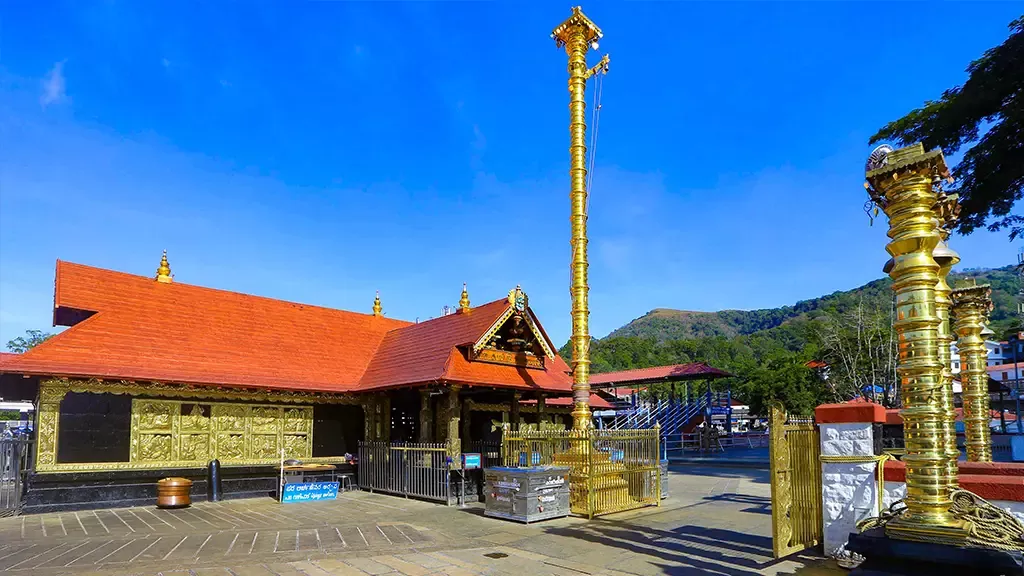
The Sabarimala temple is also known as Sabarimala Sannidhanam. The Sannidhanam is the heavenly abode or the place where the God dwells. The temple is on a plateau that stands at the height of 40 feet from ground level. It comprises the main temple (sanctum sanctorum) with a gold foil-plated roof topped with four finials, two mandapams (gazebo-like structures), balipeedam (sacrificial stone pedestals), balikkalpura (stone structure for making ritual offerings) and a gold-plated flag post.
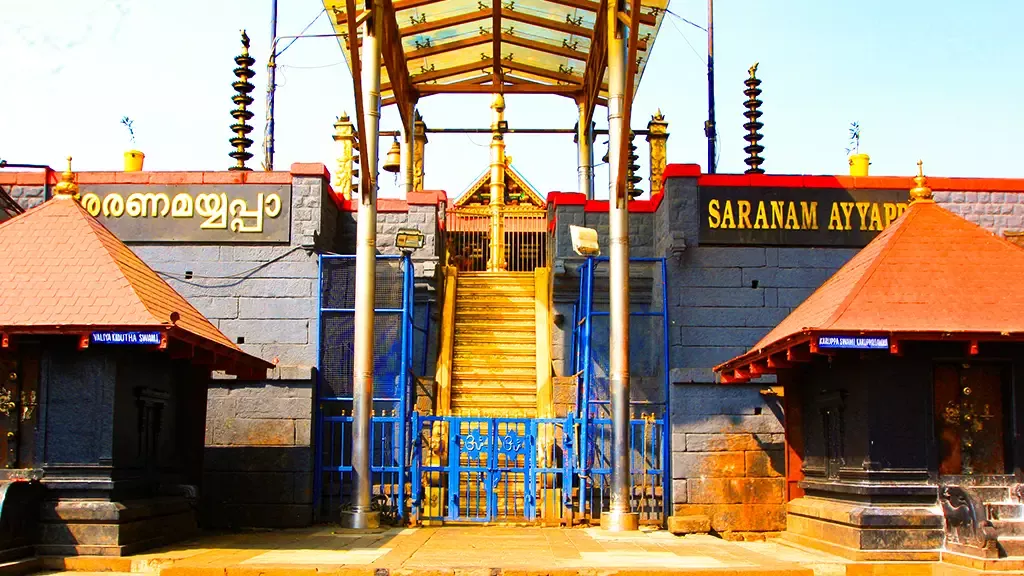
The symbolic significance of Pathinettampadi or eighteen steps of Sabarimala is steeped in hoary beliefs and legends. According to one belief, the number 18 stands for eight jeevathmas (bodily selves) and 10 paramathmas (cosmic self). According to one belief, eighteen stands for five senses, six avasthas (conditions) and seven dhatus that constitute the physical body. According to another, it stands for eighteen worlds, eighteen puranas, the eighteen tathwas (weapons) Lord Ayyappa used to vanquish his enemies, and so on.
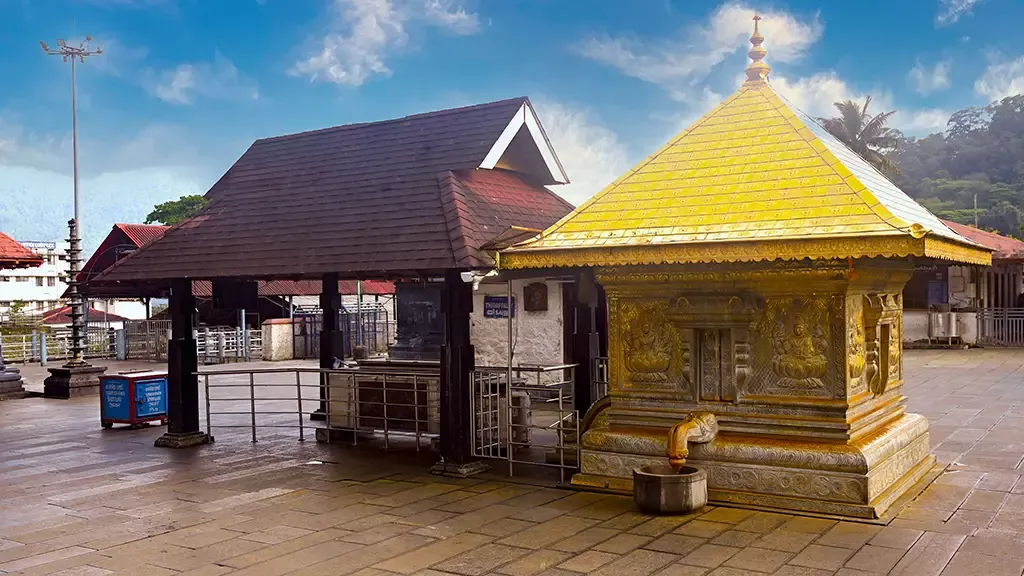
Malikappurathamma holds a place of great significance as the most important sub-deity at Sabarimala. Devotees who ascend the Pathinettampadi (18 steps) and bow to Sri Dharma Shasta must pay their respects to Malikappurathamma upon their return. Worshipped as Bhagavathi (Goddess) at Sabarimala, Malikappurathamma is honoured with the Guruthi ritual, performed for Bhadrakali, at the end of the Makaravilakku festival.
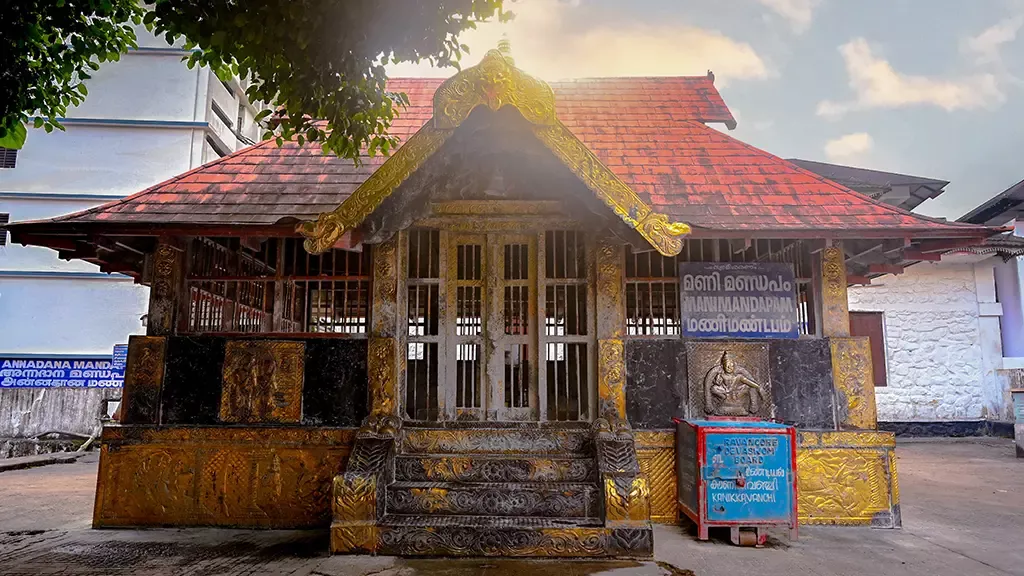
Manimandapam has a very significant role in the Sabarimala temple lore. The belief is that Lord Ayyappa rested here after defeating the 'Marava Army'. The place is sacred because this is where he entered a deep meditative trance. It is said that one of the three tantric circles he worshipped during this meditation is situated here, with the other two at the Sannidhanam and the Pathinettampadi.
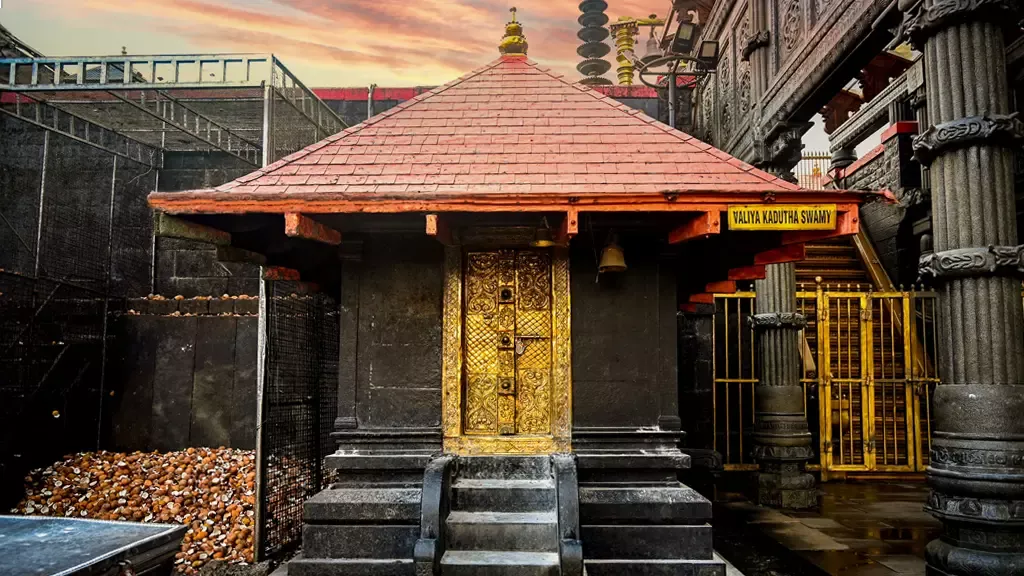
At Sabarimala, there are two shrines dedicated to Valiya Kadutha Swami (elder Kadutha Swami) and Kochu Kadutha Swami (younger Kadutha Swami). It is believed that both of them were commanders in Lord Ayyappa's army. The legend goes like this: Valiya Kadutha was a great warrior and chief of the Pandalam kingdom's army. He was joined by Kochu Kadutha, a brave warrior from the Inchipara Kalari (a traditional martial art training centre)
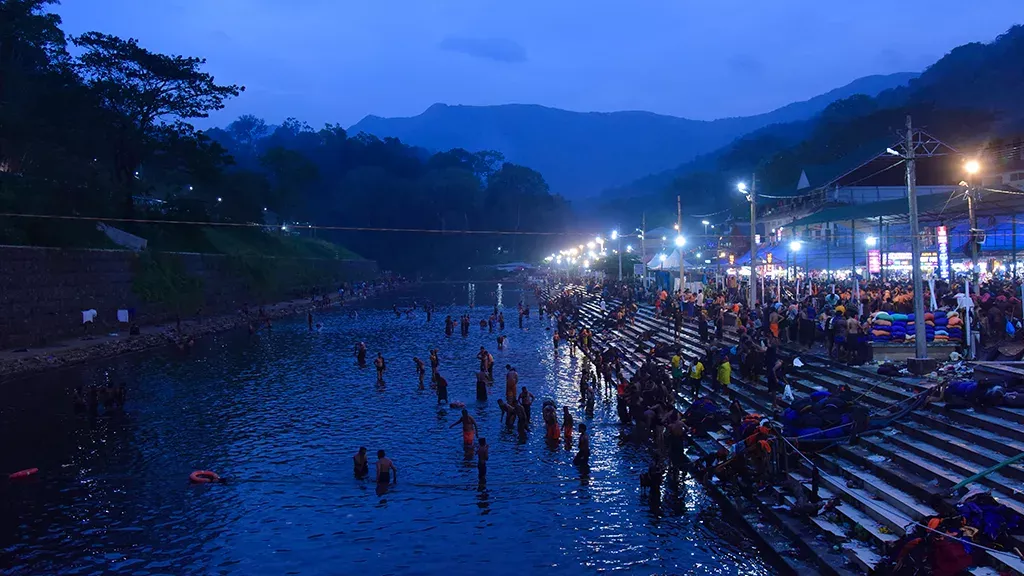
For the Hindus, the Pamba is as sacred as the Ganges, and is often revered as Dakshina Bhagirathi. Flowing through many famous places of worship, Pamba brings prosperity and good fortune to both its banks. The spiritual legends of the Pamba are deeply intertwined with Sabarimala and Swami Ayyappa. Lord Ayyappa, also known as Manikandan, born to vanquish the demoness Mahishi, was discovered as an abandoned infant by King Rajasekaran of Pandalam on the banks of the Pamba.
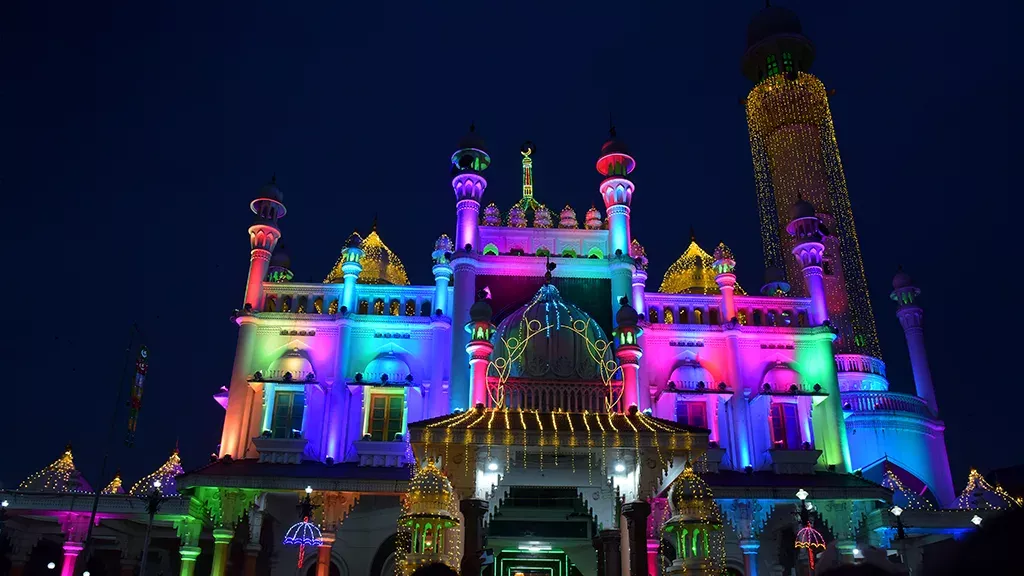
The historical tale of Lord Ayyappa's friendship with Vavar Swami exemplifies the religious harmony that Sabarimala represents. Pilgrims on the traditional route to Sabarimala ascend the mountain only after visiting Erumeli and offering prayers at the Vavar Mosque. According to legend, Vavar was a devoted friend of Lord Ayyappa. Vavar is mentioned in Ayyappa's songs as a warrior who fought and lost to Ayyappa multiple times before becoming his close companion.
At Sabarimala, the Tantri (chief priest) plays a crucial role in making important decisions about temple rituals. The Sabarimala Tantris belong to the Chengannur Thazhamon Madom. It is believed that the Pandalam Royal Family invited lowland Brahmins from Andhra Pradesh to perform tantric poojas for Lord Ayyappa. Thazhamon is considered one of the earliest tantric families in Kerala, along with the Tarananallur family.